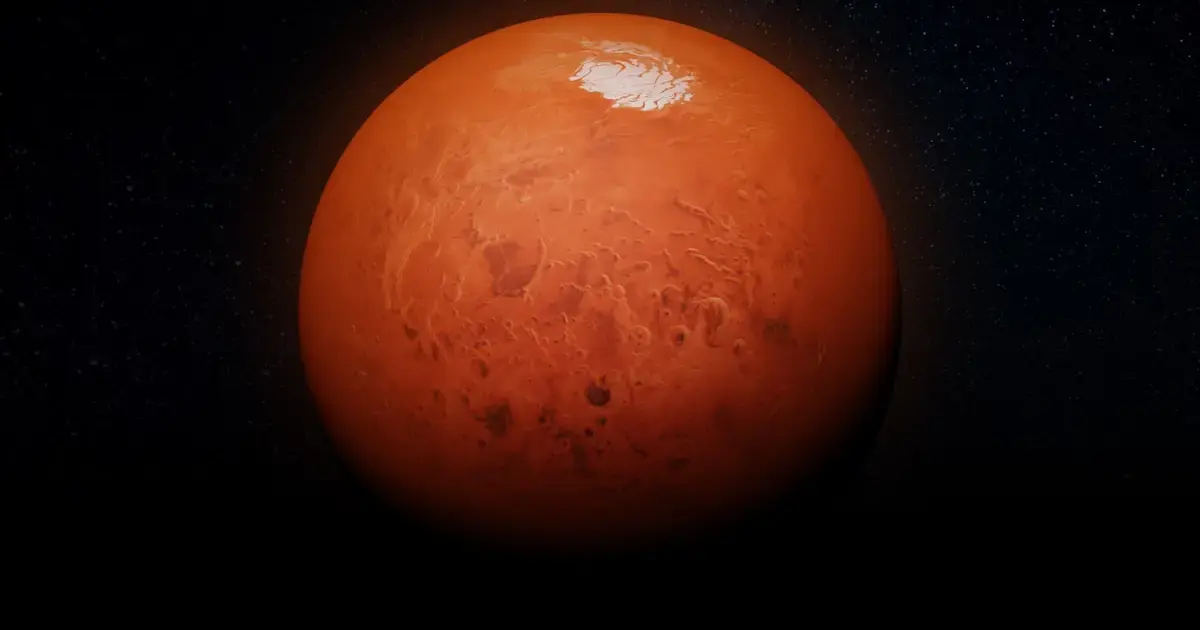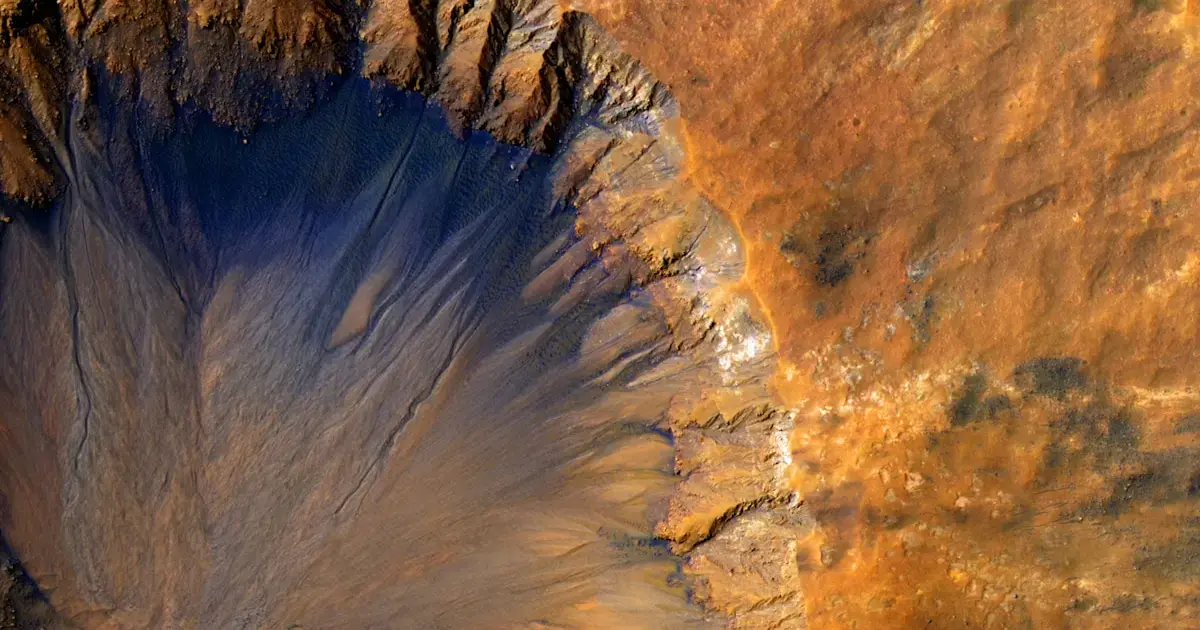 Scientists from the National Aeronautics and Space Administration () have examined geochemical maps of rock formations created by the Perseverance rover in Jezero Crater using the X-ray lithochemistry instrument known as PIXL. To interpret the data from the , the team employed a mineral identification algorithm called MIST.
Scientists from the National Aeronautics and Space Administration () have examined geochemical maps of rock formations created by the Perseverance rover in Jezero Crater using the X-ray lithochemistry instrument known as PIXL. To interpret the data from the , the team employed a mineral identification algorithm called MIST.
The researchers discovered over twenty types of minerals that have interacted with water throughout the long, dynamic history of the Red Planet. According to the team, this indicates that Jezero Crater has hosted a habitable environment multiple times.
What Did the Researchers Learn?
Eleanor Morland, a graduate student at Rice University who led the study, noted, “The minerals we found in Jezero confirm multiple fluid changes over time. This suggests that there were several moments in Mars’ history when volcanic rocks interacted with liquid water, indicating that this location has repeatedly hosted an environment potentially suitable for life.”
Jezero Crater, a Martian region with a diameter of 45 kilometers, has been under investigation by NASA’s Perseverance rover since its arrival on the Red Planet in February 2021. The rover’s primary mission is to search for signs of ancient life.
Data collected by Perseverance has confirmed that an ancient lake and river delta once existed at the site of the crater. The latest research indicates that conditions conducive to life may have arisen on Mars multiple times throughout its history.

The minerals found in Jezero Crater revealed three types of fluid interactions, as reported by Daily Mail.
The first group of minerals—grinallite, hisingerite, and ferroaluminosilicate—formed in hot, acidic water at the bottom of the crater.
Grinallite is an iron-rich mineral that forms under high temperatures and acidity. Hisingerite is a clay mineral resulting from the reaction of volcanic rocks with acidic water. Ferroaluminosilicate is a more complex mineral that forms in volcanic rocks exposed to hot acidic fluids. These rocks are among the oldest analyzed during the study. Their formation in extreme conditions makes them the least favorable for life due to high temperatures and acidity.
Co-author of the study, Kirsten Zibah, an assistant professor in Earth sciences, remarked, “These hot, acidic conditions would be the most challenging for life. However, on Earth, life can persist even in extreme conditions, such as the acidic waters of Yellowstone, so this does not rule out the possibility of life.”
The second group of minerals formed in moderate, nearly neutral water, indicating more favorable conditions for potential life across a large area of the crater. Among these minerals, the clay mineral minnesotaite was found both at the bottom of Jezero Crater and in its upper regions. Meanwhile, clinoptilolite was discovered only at the bottom.
The third group formed in low-temperature alkaline fluids, under conditions that are considered suitable for life on modern Earth. Sepiolite from this group—a common metamorphic mineral on Earth that forms under moderate temperatures and alkaline conditions—was found across all areas studied by the rover. The presence of this mineral indicates a significant distribution of liquid water, which created conditions conducive to life and filled deposits throughout Jezero Crater.
“These minerals indicate that Jezero experienced a transition over time from harsher, hotter, acidic fluids to neutral and alkaline ones, and such conditions, as we believe, are more conducive to the emergence of life,” explained Ms. Morland.
Since samples from the cannot be prepared or scanned with the same precision as terrestrial rocks, the team created a model to confirm their results by mapping uncertainty. Using a statistical approach, MIST repeatedly verified mineral identification considering potential errors, similar to how meteorologists predict hurricane paths by conducting multiple simulations.
“Our error analysis allows us to provide confidence levels for each mineral match. MIST not only informs scientists and participants in the Mars 2020 mission but also creates a valuable mineralogical archive of Jezero Crater,” said Ms. Morland.
Each new mineral discovery on the Red Planet not only brings scientists closer to understanding whether life ever existed on Mars but also helps Perseverance select samples for return to Earth.
Photo: Unsplash
